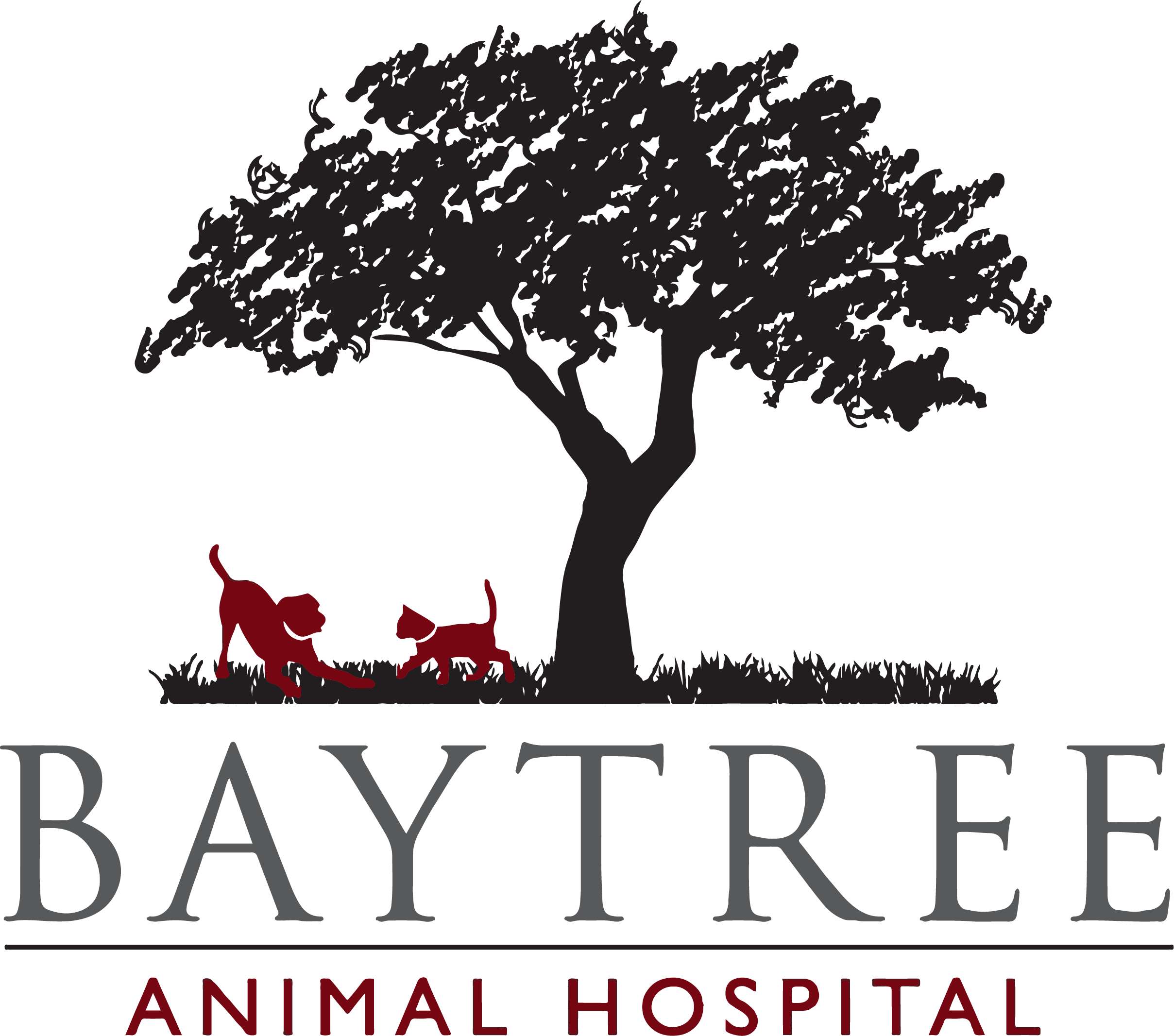Library
-
This handout provides basic guidelines for feeding a pet chinchilla a healthy and balanced diet tailored to the specific needs of chinchillas.
-
Veterinarians generally agree that there is no single best food for all dogs or all cats. Our pets are individuals: some will prefer dry kibble, while others will prefer wet or canned food. Pet owners may also have preferences related to cost, convenience of shopping, and how a particular pet food manufacturer conducts their business. This handout briefly outlines key aspects of selecting the most appropriate food and water for your dog or cat.
-
Your cat's skin and coat condition are good indicators of her health. A healthy coat should be shiny and smooth, not brittle or coarse, and healthy skin should be supple and clear, not greasy, flaky, or bumpy. Selective breeding has led to the development of cats with various coat characteristics requiring varying grooming needs. To maintain healthy skin and coat, your cat also requires a properly balanced diet.
-
Turtles may be affected by any of the following conditions: metabolic bone disease (MBD), vitamin A deficiency, respiratory infections, abscesses, shell infections and fractures, and parasites. This article outlines typical signs and treatment for these common conditions. Seek immediate veterinary care if there is any deviation from normal in your pet turtle.
-
There are several problems that can occur in aquatic turtles. This handout discusses the most noted problems: calculi, tissue prolapses, irregular shell growth, shell fractures or trauma, algae on the shell, skin and shell sloughing, Salmonella infection that can be passed to humans, dystocia, and hibernation.
-
Critical care patients in the hospital are at risk of becoming malnourished, and poor food intake can delay healing and recovery. When hospitalized patients don’t get adequate calories and nutrients, their cellular metabolic activities are disrupted. They can develop problems with medications - either with inadequate drug activity, or creating a relative overdose if drug elimination is slowed. Critically ill cats that are not eating well on their own can directly benefit from the nutrition support provided by a feeding tube.
-
Critical care patients in the hospital are at risk of becoming malnourished, and poor food intake can delay healing and recovery. When hospitalized patients don't get adequate calories and nutrients, their cellular metabolic activities are disrupted. They can develop problems with medications - either with inadequate drug activity, or creating a relative overdose if drug elimination is slowed. Critically ill dogs that are not eating well on their own can directly benefit from the nutrition support provided by a feeding tube.
-
Cat food labels can certainly be confusing to interpret. In the United States, the Association of American Feed Control Officials (AAFCO) has developed model laws and regulations that states use for animal feeds. In Canada, pet food labeling guidelines are regulated by the Consumer Packaging and Labeling Act administered by Industry Canada. The Canadian government's Competition Bureau also has an extensive working group that upholds a voluntary code of conduct for the labeling and advertising of pet food. The most important information when comparing one dog food to another is the guaranteed analysis. Ingredient lists are somewhat useful when evaluating a particular cat food, but it is important to recognize the limitations. Talk to you veterinarian about the ingredient list and nutrient profile to help choose the diet that is right for your cat.
-
Dog food labels can certainly be confusing to interpret. In the United States, the Association of American Feed Control Officials (AAFCO) has developed model laws and regulations that states use for animal feeds. In Canada, pet food labeling guidelines are regulated by the Consumer Packaging and Labeling Act administered by Industry Canada. The Canadian government's Competition Bureau also has an extensive working group that upholds a voluntary code of conduct for the labeling and advertising of pet food. The most important information when comparing one dog food to another is the guaranteed analysis. Ingredient lists are somewhat useful when evaluating a particular dog food, but it is important to recognize the limitations. Talk to you veterinarian about the ingredient list and nutrient profile to help choose the diet that is right for your dog.
-
Diabetes mellitus is an inability to regulate blood glucose caused by a loss of insulin production (Type I) or inadequate insulin supply or resistance (Type II). In cats, diabetes mellitus is most often type II. This type of diabetes usually results from obesity, creating insulin resistance. Cats with type II may be treated with oral medication, but some cats may ultimately require insulin injections. Diet is also important. This article discusses various treatments and monitoring regimens.

